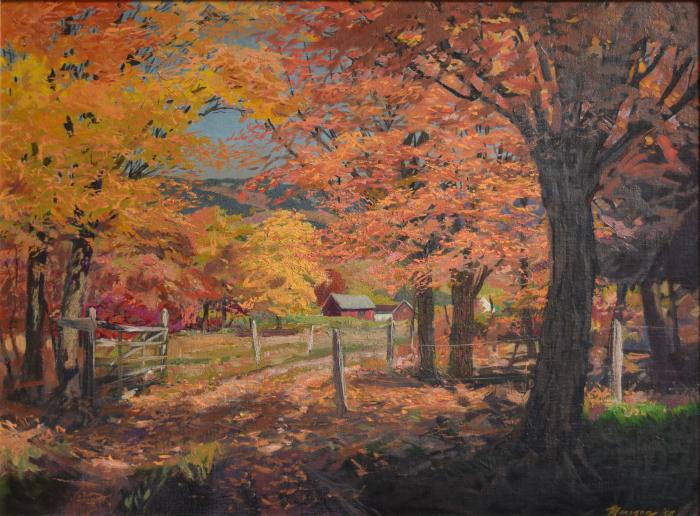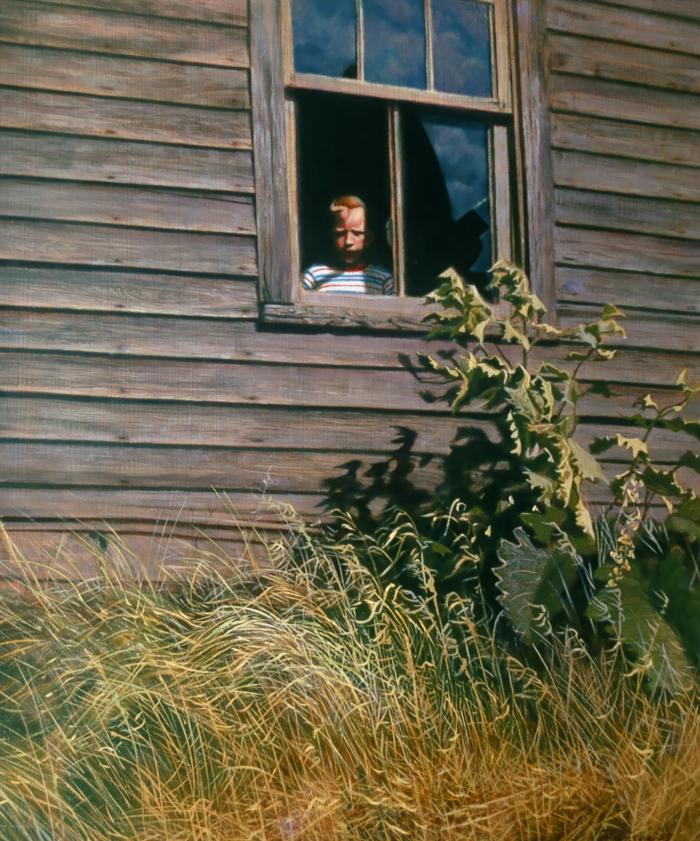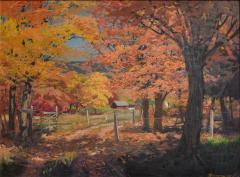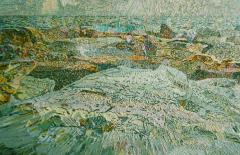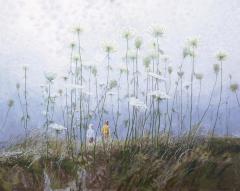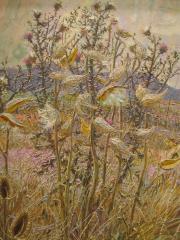Later that summer Armand decided to make one more crack at the New York markets—a sheer gamble. He scouted the New York metropolitan area and later found a pleasant farmhouse on the back roads near Flemington, New Jersey. The venture lasted four frenetic months, September through December. Surviving on loans from Grand Rapids furniture maker Julius Bergsma, Armand produced mostly marines, made few minor sales, but struck out with dealers again and again. By January 1956, the Merizons returned to Grand Rapids, first boarding with Betty’s mother, then buying their own house, at 1410 Thomas St., SE, six blocks from Armand’s boyhood home on Bates. He was now thirty-six years old. He worked in the Bergsma furniture factory where, quite by surprise, one of his jobs was to line a drawer of Marilyn Monroe’s bedside table.
And the boss said, “Armand, just drop everything, we’ve got to do this right away and ship it back. This is for Marilyn Monroe.”
Soon he was able to rent an art studio downtown in the Houseman Building. According to Randall VanderMey, in March, 1956, Merizon won the $200.00 Louise Keeler “Best of Show” Award at the Western Michigan Artists exhibition for his painting “Rocks and Gull,” a work he produced in Frankfort for love, not money. In November 1957, the painting highlighted Armand’s one-man exhibition at the Grand Rapids Art Gallery, a show of twenty realistic and abstract paintings which indicated he was an artist worthy of recognition. Moreover, the Gallery purchased “Rocks and Gull” for its permanent collection. As the gallery’s catalog stated, the painting reflected Armand’s simultaneous interest in realism and abstraction. At a distance the painting resolved into an image of waves, coastal rocks, and a single gull. But close up, the canvas appeared to be filled with minute abstract compositions. Small jolts of pure color were cut into thick white impasto [paint or pigment thickly laid so that it stands out from a surface], producing a rough texture and swirls of abstract pattern all across the canvas Armand explained: “I have tried to fill space with interesting materials, as time is filled with interesting material in music” (2012).

